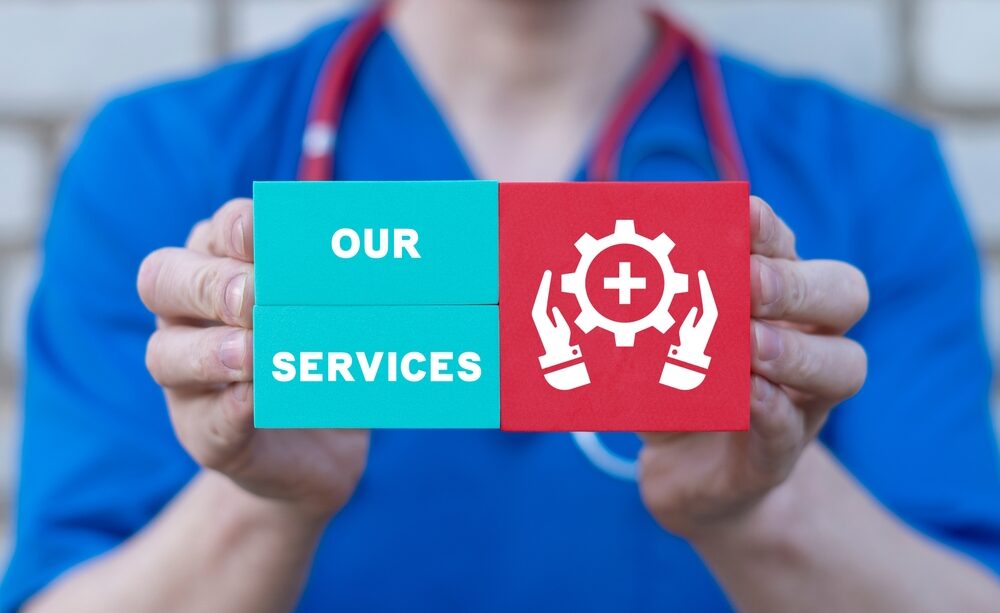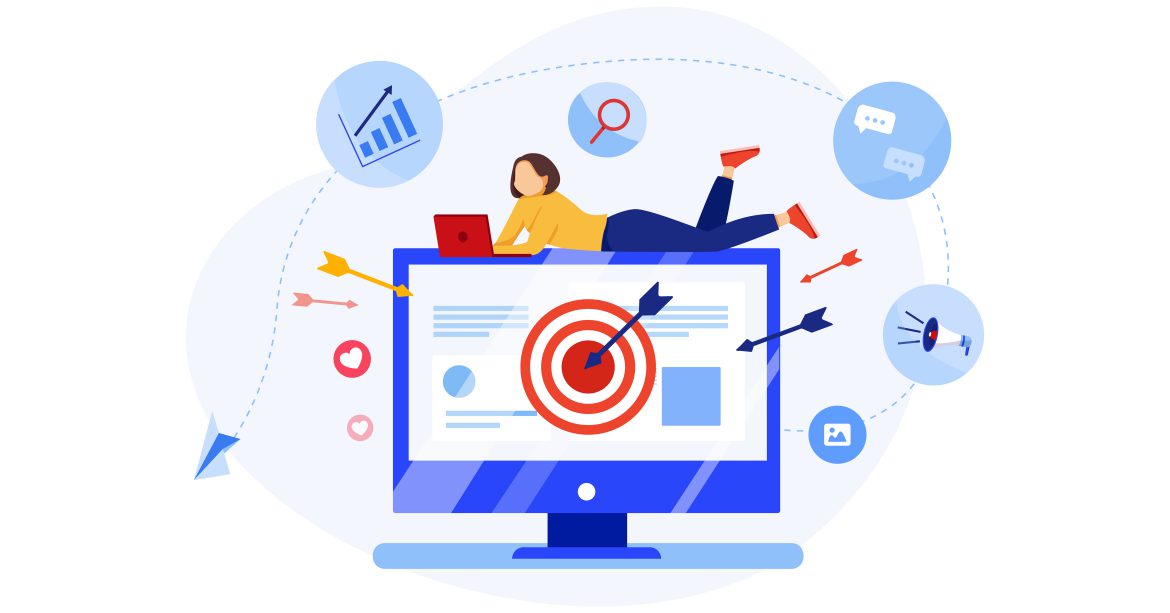Maximizing Your Marketing Potential with SEO: A Complete Guide
Mastering various marketing strategies such as SEO can be really helpful in acquiring new customers. I’ve taken the liberty of being liberal when it comes to taking advice on board about keywords like YouTube advertising, online marketing courses, high ticket affiliate marketing, business ...
How To Use Software’s to Improve Marketing Tactics
In 2009, a now well-known slogan was introduced by Apple – ‘There’s an App for that’. The catchphrase was referring to the number of apps that Apple had available on its store, a store that can’t be accessed outside of its own network of devices. Now, more than a decade later, Apple aren’t the ...
8 Digital Media and Advertising Predictions for 2022 – Part2
We are all looking for the next big thing, as we’ve seen a digital reform throughout all industries and how vital it is to have a presence in the digital space. It is easier said than done however, as much as we were collectively blindsided by the pandemic, we were also unprepared for the ...
8 Reasons Why Your Business Should Focus on PR in 2022
If the pandemic has taught us anything over the past two years, it’s that your online presence matters. With some businesses operating entirely online and many consumers preferring to primarily shop online, how you appear on the internet will have a pivotal effect on the success of your company ...
Components of a Good Marketing Strategy
A good marketing strategy consists of a comprehensive collection of marketing techniques that enables a business to direct its resources towards the best opportunities in terms of increasing sales and achieving a sustainable advantage over the competition. A marketing strategy consists of ...












